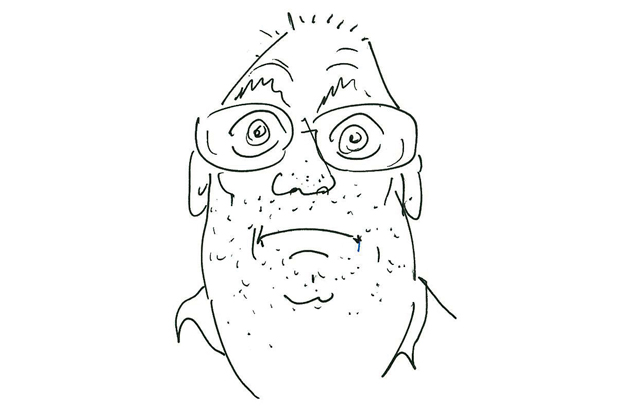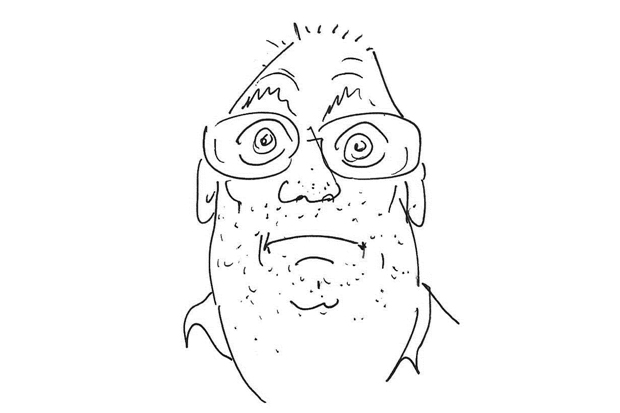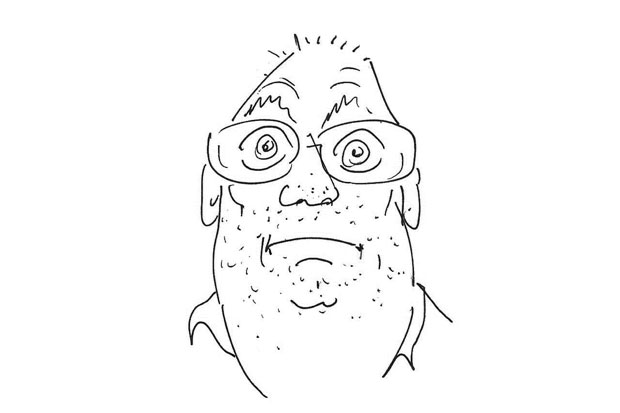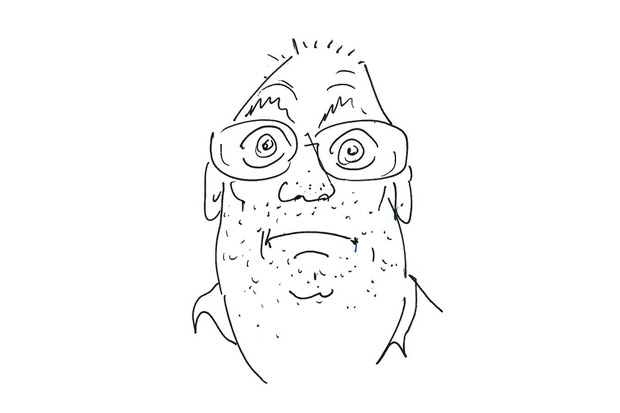Australian athletes only managed to get two silvers at the Beijing World Athletics Championships. But the good news is that one of them, Jared Tallent, is now a shoo-in for a gold at the Athens Olympics. That’s if the International Athletics Associations Federation accedes to pressure to disqualify his Russian rival for failing a drug test 12 years ago.
When I first heard the UK’s Sunday Times had published evidence of historic drug use amongst top athletes I wondered if the Murdoch flagship had adopted a radical new editorial policy and was also planning to tell us that the Pope attends mass.
But it wasn’t your average drug cheat story. According to the ST’s anti-doping experts more than a third of medals in endurance events at the last three Olympics and six World Championships went to athletes with test results deemed ‘consistent with drug abuse’. Even these figures, though, were more depressing than surprising. The only truly shocking allegation was that the IAAF knew about these results at the time and did bugger all about it.
The day the article appeared IAAF vice president Sebastian Coe described it as ‘a declaration of war on my sport’. But later, on the BBC’s Hard Talk, the personable pommy peer seemed more concerned with how the journos had gotten hold of the lab data than with their conclusions. He went on to concede that doping is a worry, and promised that eradicating it would be top of his to-do list if he succeeded in his bid to be the next IAAF president. He has since been elected, but if he thinks he can deliver on his promise he is as deluded as his predecessor, Lamine Diack, who only weeks before took his head out of the sand just long enough to claim that ‘99 per cent of athletes are clean’.
That might conceivably have been true in the late 1950s, when Monsieur Diack represented Senegal briefly in the long jump and IAAF was still an acronym for International Amateur Athletics Federation. But this was also a time when the countries with the largest Olympic presences were contemplating Armageddon, and considered the accumulation of gold and silver as vital to the national interest as stockpiling uranium. Most of the athletes caught indulging in pharmaceutical skullduggery back then couldn’t have done so without some kind of official connivance, especially those who represented countries where you had to know someone important to get an aspirin, let alone anabolic steroids.
But at least they weren’t doing it for the money. The jury’s out on whether hosting a modern Olympic Games has ever been in a nation’s long term economic interests, but there’s no doubt it’s always offered a small number of wealthy individuals the chance to get wealthier. If you are an IOC official, or you build stadiums or manufacture soft drinks or smart phones that opportunity will re-present itself every four years in perpetuity. For athletes the window of opportunity is smaller. Fail to medal in your first major competition and the sponsor who helped you get there may drop you like a stone. You then have a choice: keep on doing what you’ve been doing but hope for a different result (a la Homer Simpson), or do something different. Do, for example, what that bloke who always beats you has long been suspected of doing; if he can get away with it why can’t you?
You probably can. Despite the vigilance of the World Anti-Doping Agency and its regional affiliates, it’s getting easier, not harder, for drug cheats to avoid detection. This is because the people helping them do it are much better funded than the people trying to stop them. Only poorly supported athletes – usually from poor countries – still shoot up for weeks before an event and then hope it doesn’t show up in their urine. Their better-resourced rivals rely on things like micro-dosing, a more targeted system which works like nicotine patches and is virtually undetectable a few hours later. Even if they get caught there is an upside, because one of the most popular banned substances, HGH, has been shown to not just boost existing muscle fibres but prompt the growth of new ones. So the risk is temporary but the benefit is permanent. This explains why athletes who come back from long bans often perform better than they did before. Justin Gatlin, the man who came closest to beating Usain Bolt recently, was suspended twice for a total of six years. But at 33 he is now setting world records. He’s not a freak and not alone. 66 of the athletes competing in Beijing – more than the entire Australian contingent – have had drug bans at some point in their careers.
When the IAAF embraced professionalism 40 years ago they were bowing to the inevitable. It’s time they adopted a similarly pragmatic attitude to drugs. While the rewards are so high and the chances of detection so low athletes will continue to use them. So the new IAAF president has a choice. He can keep doing what his predecessors did and hope for a different result, or he can do something different. Instead of maintaining an unenforceable ban, he can lift it. And he can encourage the companies who manufacture performance enhancing drugs to make them available to all athletes, not just the rich ones.
As well as creating the first truly level playing field for international athletics, this would also dramatically increase its televisual appeal. Now even the most inconsequential meetings would hold the prospect of records being broken and established champions being unseated by newcomers. The already massive TV audiences for events like the Olympics and the World Championships would get even bigger, and advertisers and sponsors would be happy to dig even digger to have skin in the game. In fact the only people who wouldn’t be happy would be the clean athletes. If there are any.
Got something to add? Join the discussion and comment below.
Get 10 issues for just $10
Subscribe to The Spectator Australia today for the next 10 magazine issues, plus full online access, for just $10.
You might disagree with half of it, but you’ll enjoy reading all of it. Try your first month for free, then just $2 a week for the remainder of your first year.













Comments
Don't miss out
Join the conversation with other Spectator Australia readers. Subscribe to leave a comment.
SUBSCRIBEAlready a subscriber? Log in